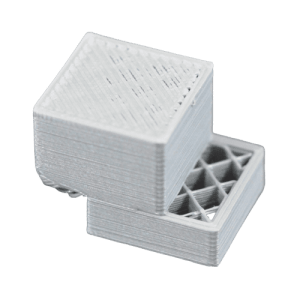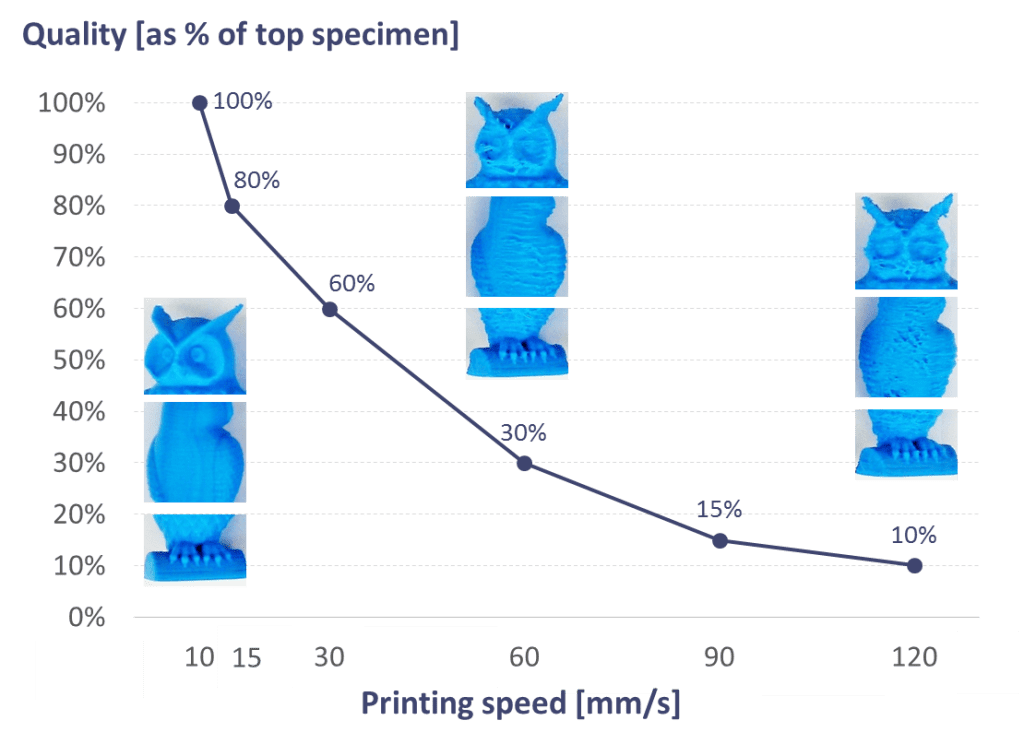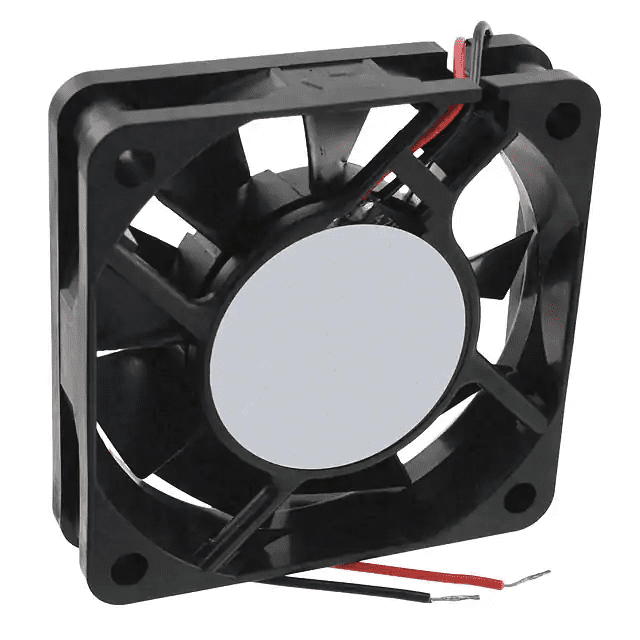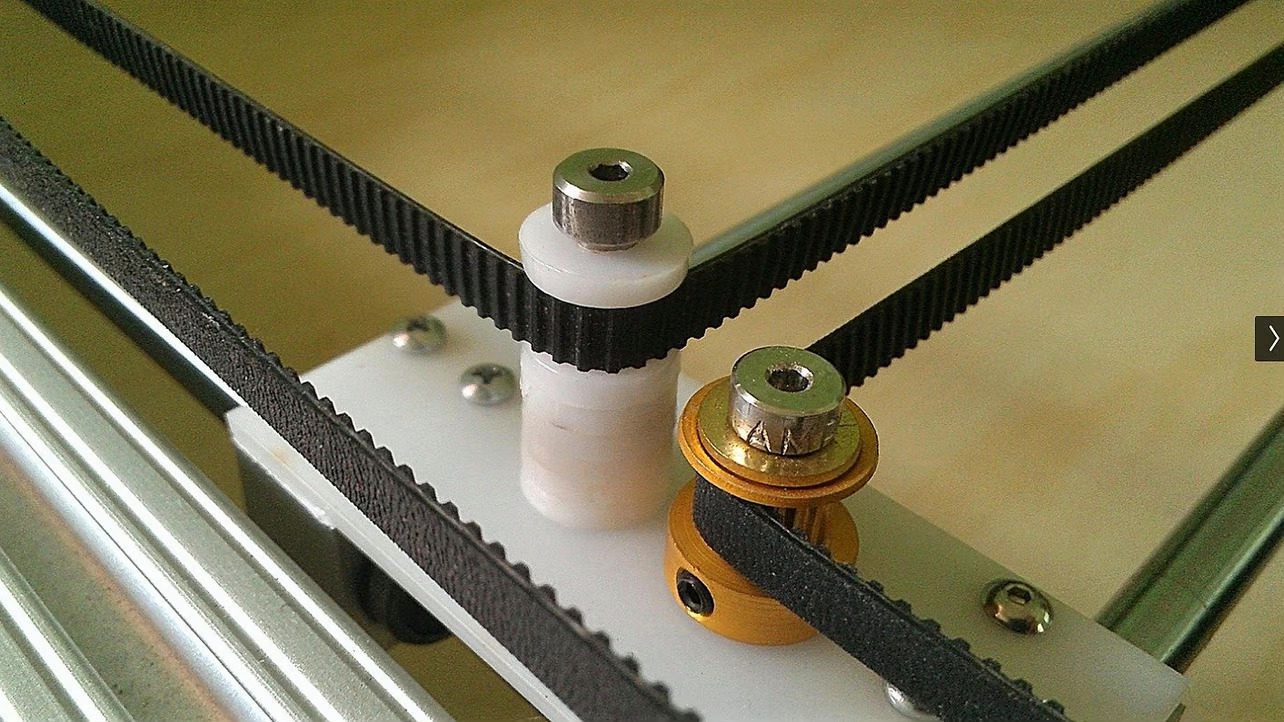What is 3D Print Layer Shift?
There is no solution for the 3D print layer shift problem after it happened. That is why it is crucial to learn how to prevent it. In a few words, layer shifting appears when subsequent layers of your print are offset from the previous ones.

Regardless of the printer material (PLA, PETG, ASA etc.), this problem affects the visual appearance of the print and also the dimensions. It can happen throughout the printing with slight movements off place or with a singular large displacement at a specific layer.
In this article, we will dive deeply into the causes and solutions of 3D print layer shift.
Main Causes & How to Solve it
Setting the Correct Printing Speed
We understand that sometimes we need to finish our projects fast, but increasing your printing speed above normal won’t help. If you attempt to print more quickly than the motors can handle, your project will most likely fail. During the process, you will hear a clicking sound as the motor fails to achieve the desired position.

As soon as you detect that you detect this, consider lowering your printing speed by 20% to 50%. You will have to edit both the Default Printing Speed and the X/Y Axis Movement Speed. The first one controls the speed of any movements where the extruder is actively extruding plastic. The X/Y Axis Movement Speed controls how rapid the movements are where no plastic is extruded.
Printer Calibration
This step might sound somewhat obvious, but checking and calibrating your printer before starting any project is essential. It is important to secure printer screws.

If your printer is loosened, it might shake while printing. Also, check your slicer. Apart from the printing speed we mentioned earlier, check the printing temperature which is key to achieving a successful print.
Lower Electronics Temperature
If you are running prints non-stop, you will notice higher levels of temperatures on your printer. When electronic pieces are too hot, they can malfunction. Parts like the stepper motor driver can get affected, which leads to a 3D print shift.

These drivers control the motion of the stepper motors. To provide more airflow, consider adding an extra fan over the mainboard or open it up directly.
Printer Belt Check
Belts allow motors to control the position of the tool head. These rubber material belts are typically reinforced with some type of fiber to provide additional strength. In time, these belts may stretch. If the tension becomes too loose, the belt may slip on top of the drive pulley. The pulley might be rotating, but the belt is not moving.

On the other hand, if the belt is too tight, it can create excess friction in the bearings. This will prevent the motors from spinning. Ideally, belts should be somewhat tightened to prevent slipping, but not too tight to where the system is unable to rotate.
